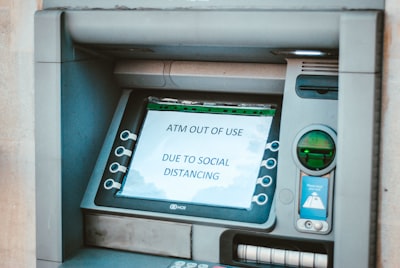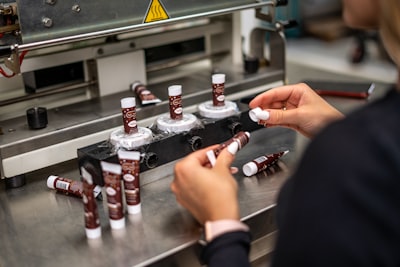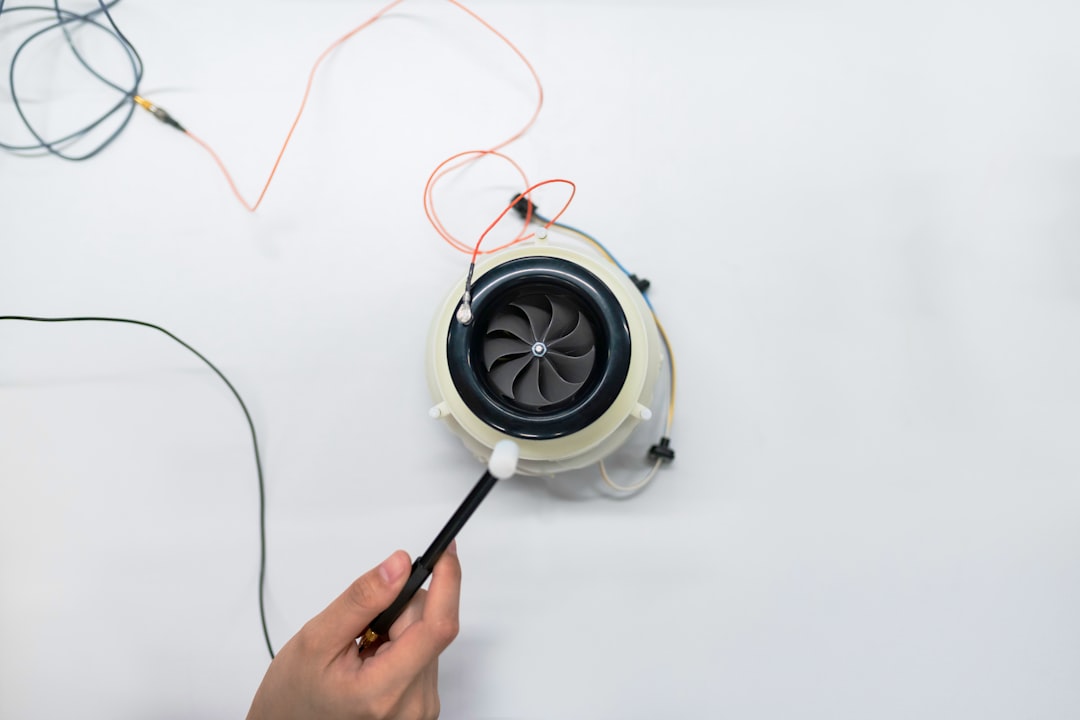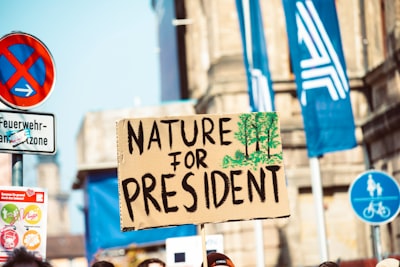Journal article
Peran Karakteristik, Pengetahuan Dan Sikap Pekerja Terhadap Praktik Pengelolaan Limbah Di Instalasi Karantina Hewan (Characteristics, Knowledge and Attitude of Workers Regarding Waste Management Practices in Animal Quarantine Installations)
Waste from large ruminant animal quarantine installations (IKH) can be a source of disease transmission that may be carried away due to livestock traffic and can cause environmental problems. The purpose of this study was to analyze the characteristics, knowledge and attitudes of IKH officers to influence the practice of waste management in IKH. Respondents were officers who carry out waste management in IKH. The relationship and magnitude of direct and indirect effects on observed variables were analyzed using path analysis. The results showed that overall the characteristics, knowledge and attitudes of IKH officers had an effect of 68.85%. The influence is described as a direct influence of 22.76% and indirectly by 46.09% on the practice of waste management in IKH. The practice of waste management in IKH is influenced by significant knowledge and attitudes. Attitudes are influenced by knowledge of waste management in IKH. Waste management in IKH can be improved by increasing knowledge through training in environmental management systems in accordance with ISO 14001: 2015, training on AMDAL and UKL / UPL as well as knowledge about the risk of diseases that may be carried out by IKH waste.
















































